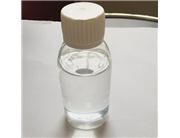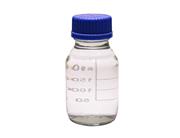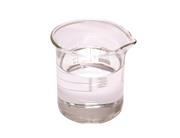Nature:
Colorless liquid. Aroma: Strong, sweet, delicate honey-like aroma. Relative density (water =1) : 1.061-1.069. Solubility: miscible with ethanol and ether, soluble in acetone, insoluble in water.
Production method:
It is obtained by hydrolysis and esterification of phenylacetonitrile. Put methanol into a dry glass-lined reaction pot, stir and cool to below 30℃, add sulfuric acid, heat up to 90℃ after adding, start to add phenylacetonitrile, the temperature is controlled at about 95℃, and add it in 1.5h. After reaction at 95-100℃ for 6h, it is cooled to below 40℃ and diluted with water equivalent to about 0.6 times the reaction liquid. Stand to separate the acid water, add sodium carbonate saturated solution for neutralization, washing, discard the water layer. Methyl phenylacetate was obtained by dewatering with anhydrous calcium chloride and fractionating under reduced pressure with yield of 80%. Another method is to pass benzyl chloride, anhydrous methanol and water to saturation with hydrogen chloride under reflux, place for 2-3h, and heat for 1h to produce the product.
Structure features:
The boiling point of methyl phenyl acetate is higher because its molecules contain more carbon-oxygen bonds, which need to consume a certain amount of energy to break the interaction between them, so that the boiling point of methyl phenyl acetate is increased. Methyl phenylacetate is essentially an ester compound, with the conventional physical and chemical properties of esters, can be hydrolyzed into the corresponding acid and alcohol compounds, can also be transesterification reaction to produce a new ester compound.
| Melting Point | 107-115 °C |
| Boiling Point | 218 °C |
| Density | 1.066 g/mL at 20 °C |
| Refractive Index | n20/D 1.503 |
Vapor Pressure
| 16.9-75Pa at 20℃ |
| Storage Condition | Store below +30°C |
| Odor | 10.00% dipropylene glycol solution. Sweet nectar taste |
| Water Solubility | Miscible with water. |
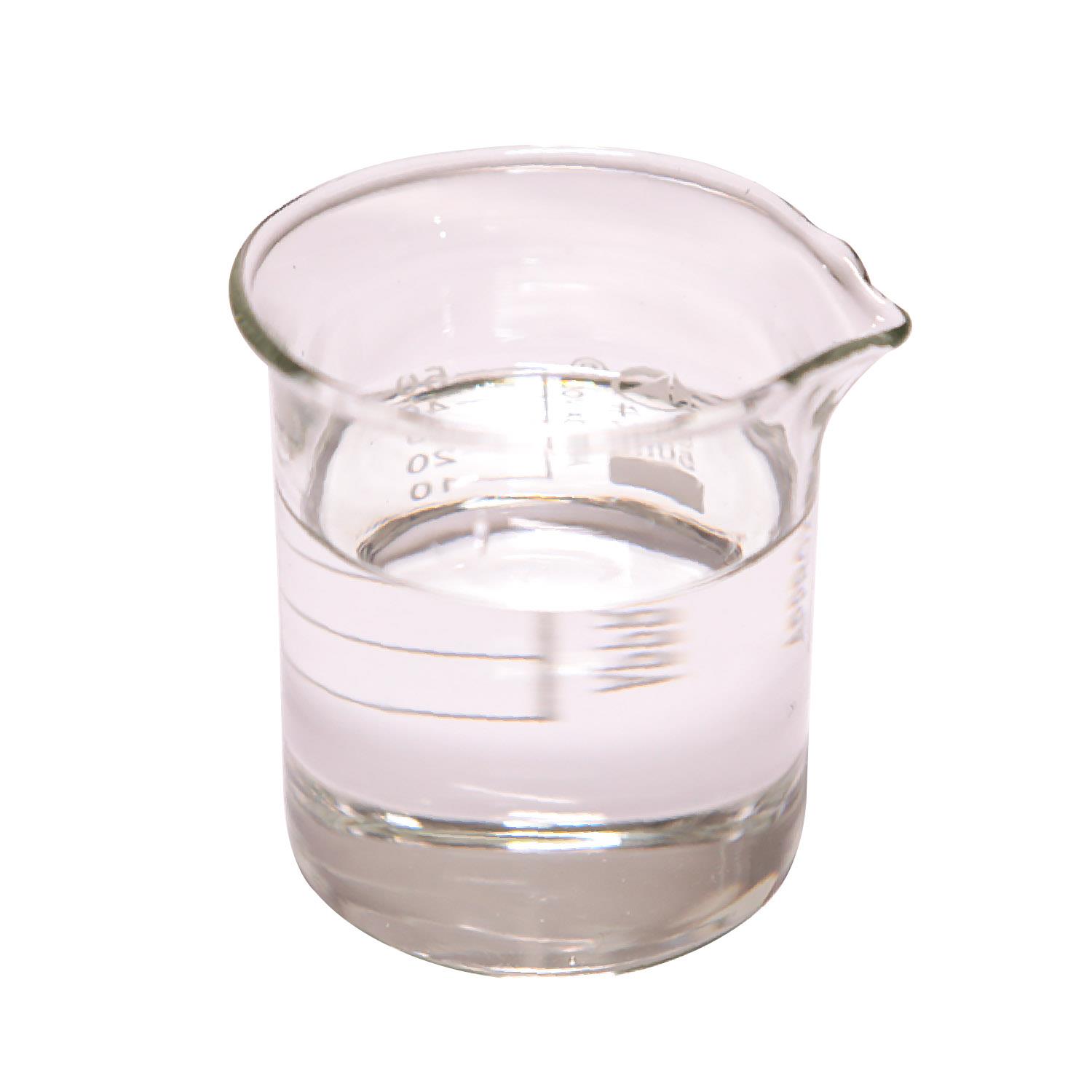
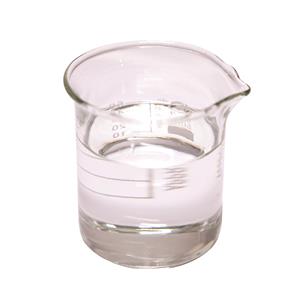

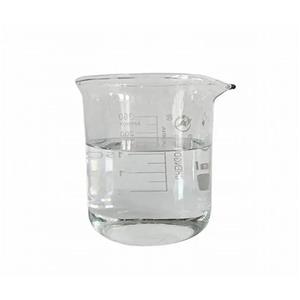

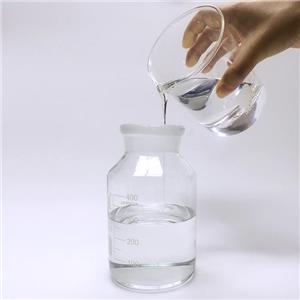

 China
China
